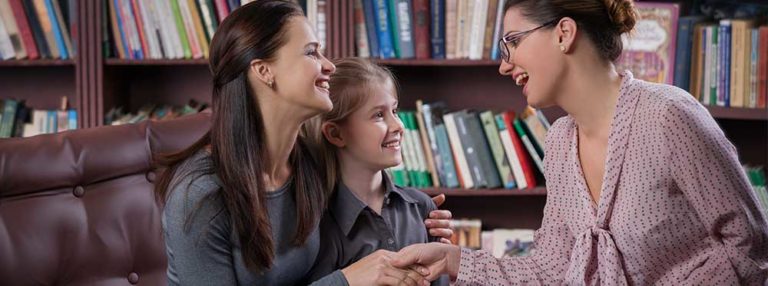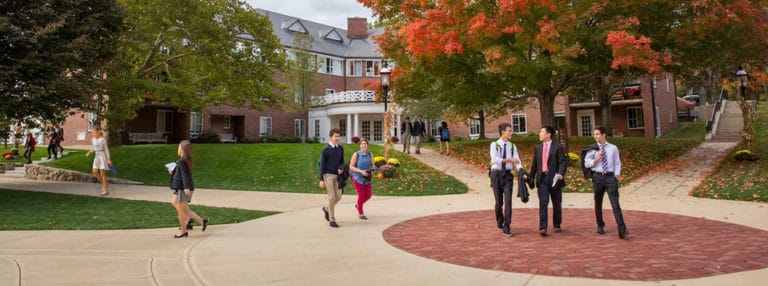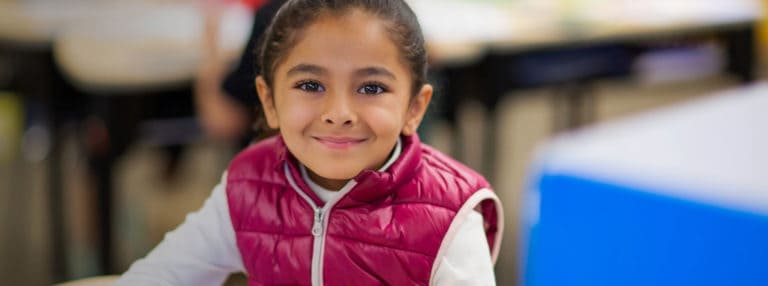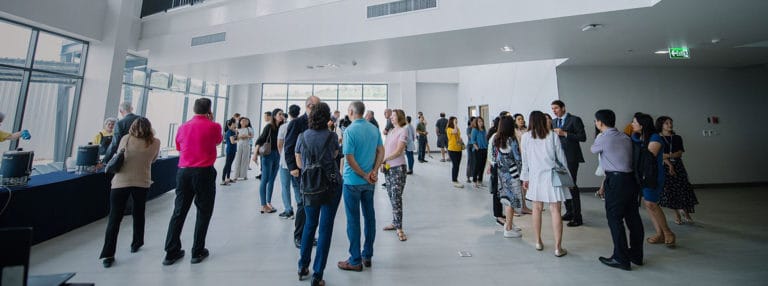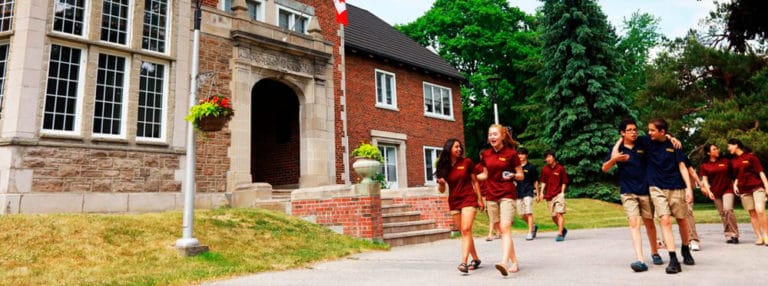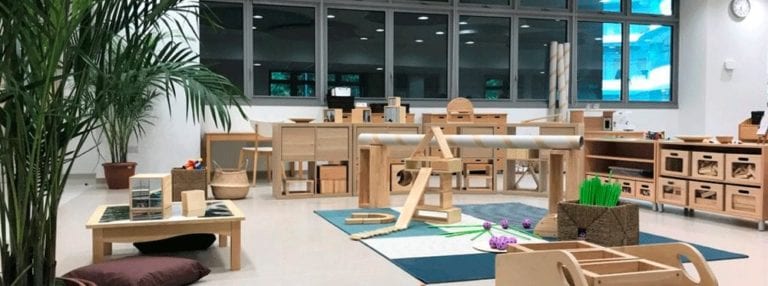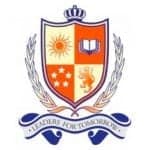 Turn back the clock twenty years and an international school may not seem too dissimilar in its appearance to those in the present day. They all seem to be able to nestle quite comfortably in the suburbs of any major modern city of the world. However, it is fair to say that times have changed.
Turn back the clock twenty years and an international school may not seem too dissimilar in its appearance to those in the present day. They all seem to be able to nestle quite comfortably in the suburbs of any major modern city of the world. However, it is fair to say that times have changed.
The glossy prospectuses of the past have been replaced with websites full of colourful images of multi-cultural groups huddled in labs and classrooms or hanging out together on campus. These images represent a school’s student body and are indicative of the dramatic, and developing, demographic shift that is taking place around the world.
The growth in the number of international schools in the last twenty years has been staggering, and it is estimated that the current number will double over the next ten years. In theory, this should provide parents with more choices in terms of location, price and facilities. In reality it means that there are now quite radically different types of international schools on the market, and parents need to be very clear about the sort of education that they are buying into – the term ‘international’ has a variety of interpretations.
The reasons for this explosive growth are twofold: in the first place, the rising middle class in many emerging economies means that there is an increasing demand for an English medium ‘western’ style education, and secondly, some countries have removed the restriction that once prevented their nationals from attending an international school. The international school has found a new market from its original purpose and conception. No longer is it for children of expatriates and diplomats, but also for nationals fortunate enough to be able to meet the fee levels and who wish for their children to be fluent in the global language, as well as being able to compete for places at universities in the West. The spread of multinational corporate groups also point the way to future employment.
As more local nationals take up places in international schools, the number of native-speakers of English may decline – in fact in some Bangkok ‘international schools’ the number of local students is around the 90% mark. Of course, there have always been international schools with low numbers of native speakers, but rarely has English been supplanted by a single other language spoken by the vast majority of students. This is an ‘inconvenient truth’ for many international schools, and the road to establish English under such circumstances can be a bumpy one.
In our world of instant fixes where we can upgrade our efforts with a click or a swipe of the finger, we often expect and seek quick remedies. Special language programmes, or classes, are common features of international education, but although well-intentioned these may be established with little thought and perhaps even less effort. Very often these ‘booster’ classes serve little purpose other than to provide ‘survival’ English, and rarely tackle the important issue of academic language, which is vital if a student is to cope successfully in mainstream classes.
There is no simple way to solve this problem – in fact there is probably no single solution that all international schools would completely agree upon; this is due to the complexity of language acquisition as well as the factors that affect English language learning in different environments.
However, it is imperative that successful strategies are implemented in English-medium international schools to better meet the demands of acquiring English fit for academic purpose. Recognising the true nature of the problem is an important first step along the way.
Paul Preen – BA DipT ESOL MA.Ed, English Teacher, ESL Coordinator, British International School, Phuket

